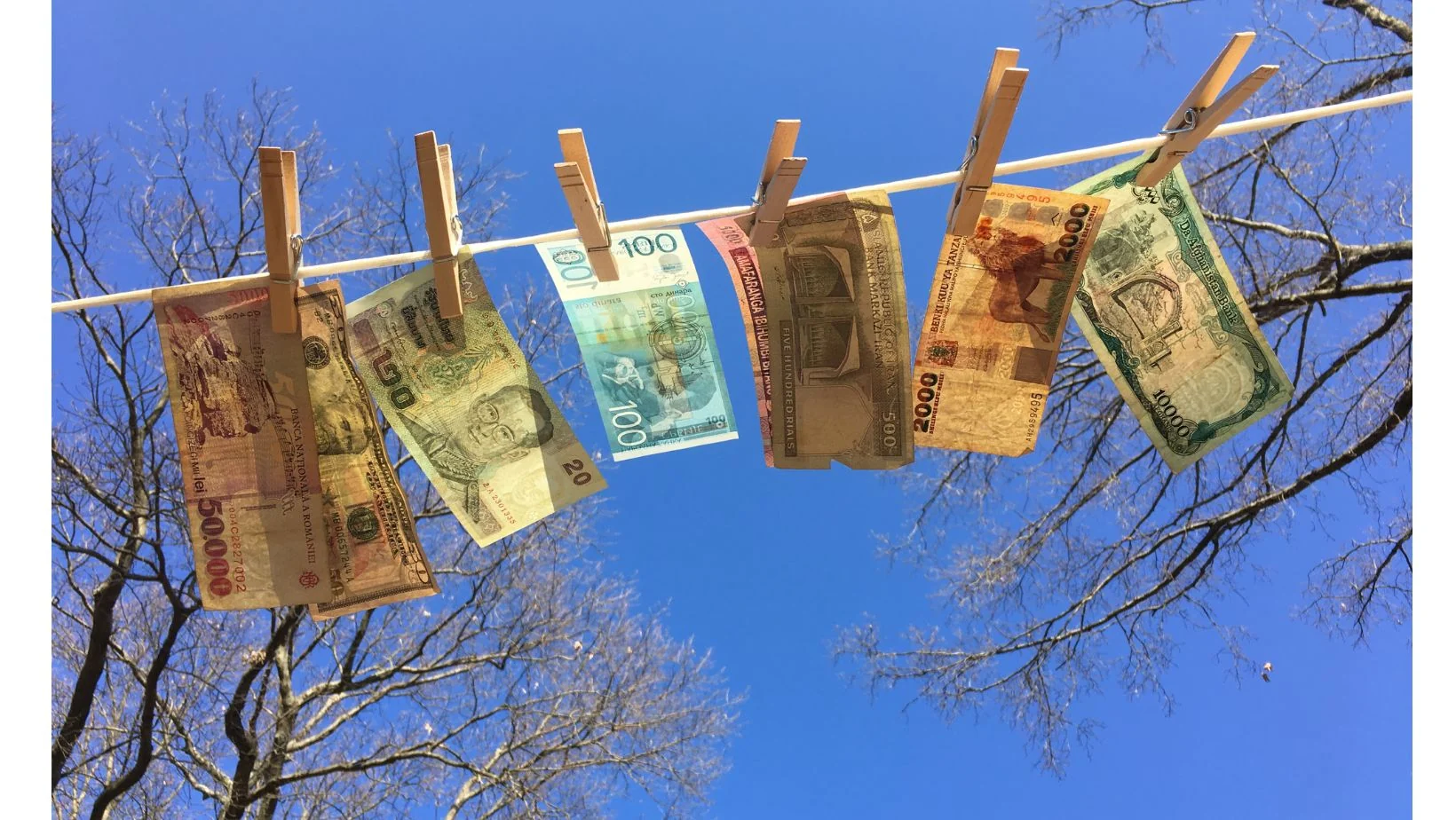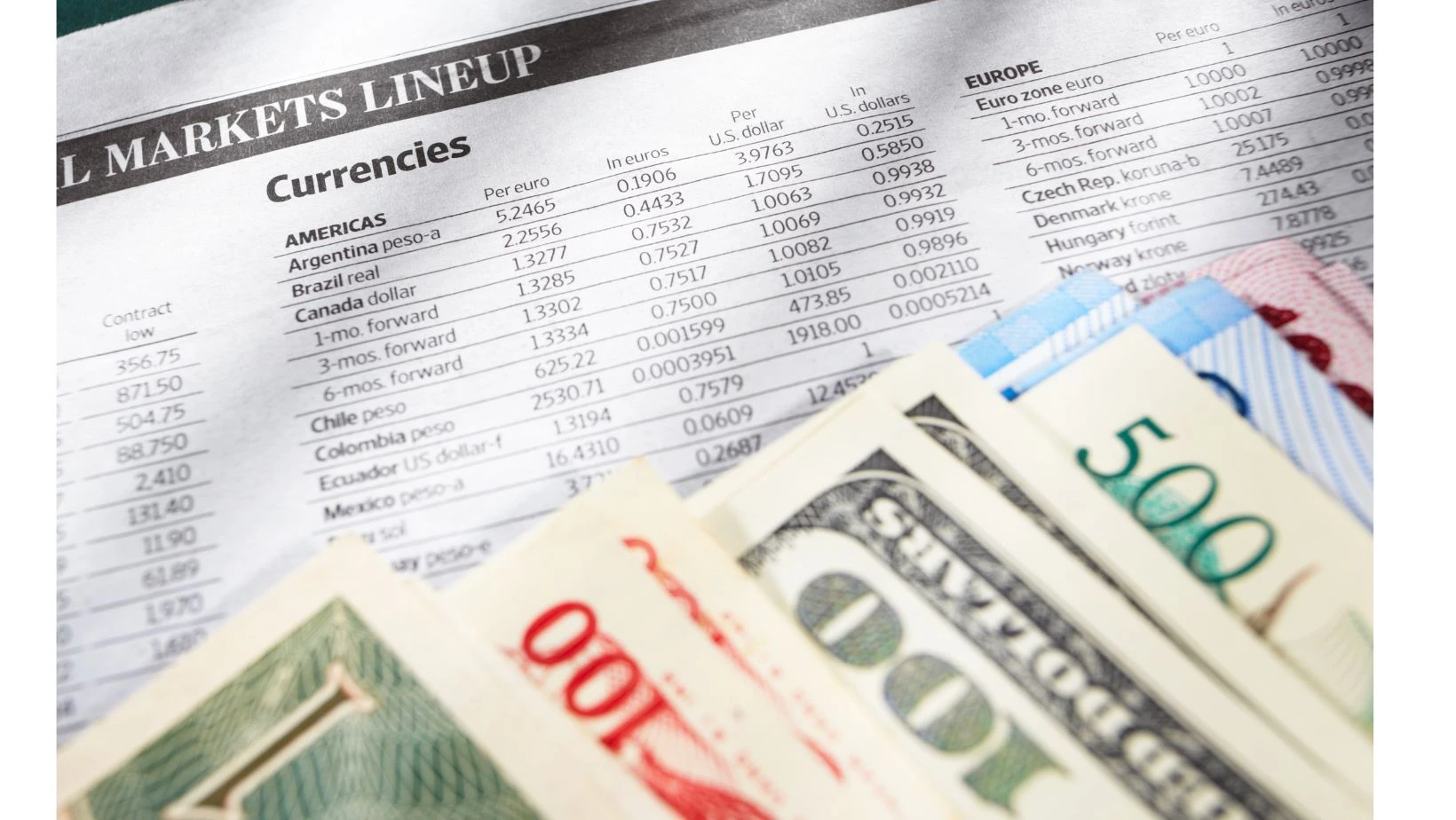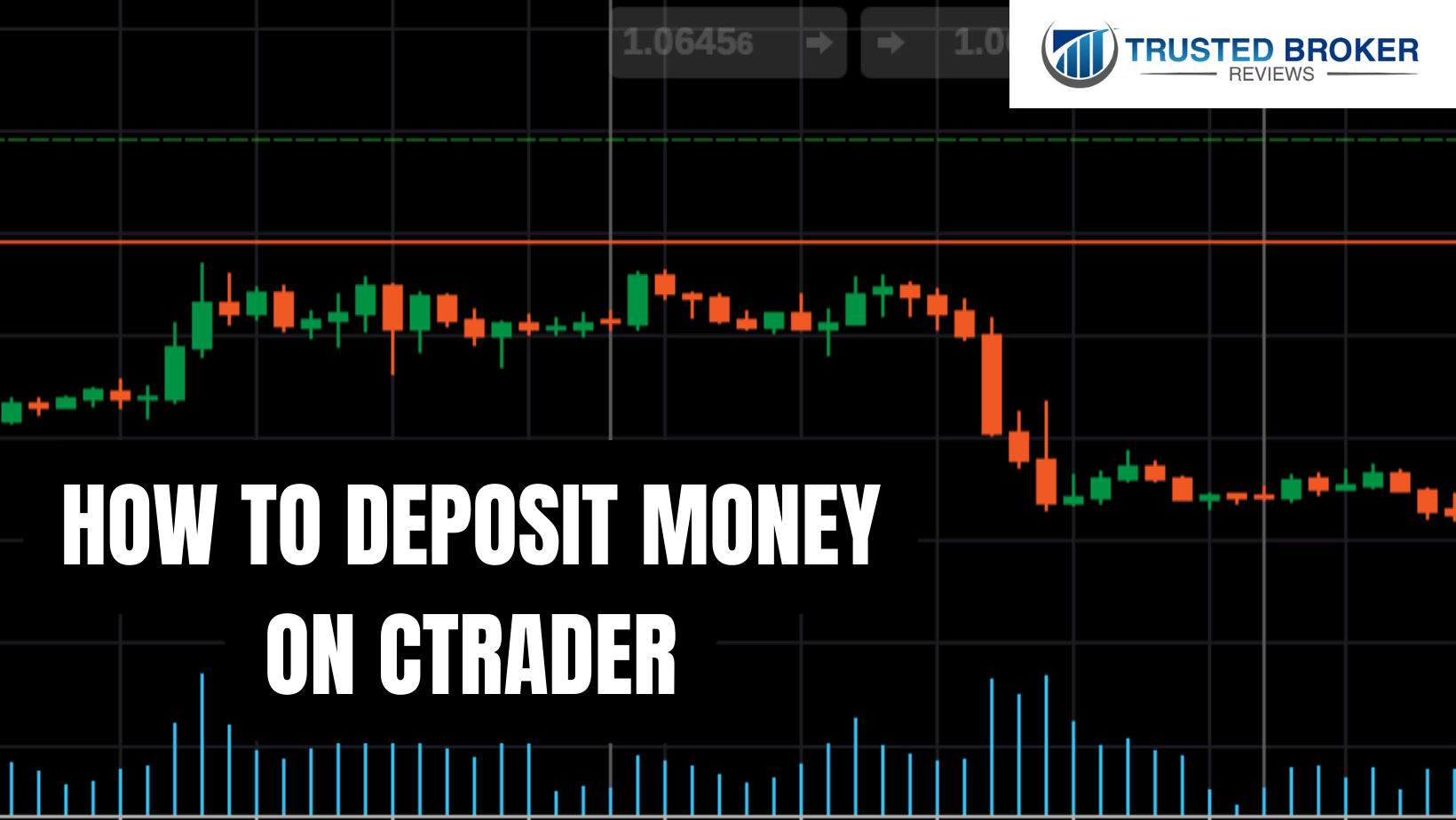Currency peg definition – Explanation for beginners
Table of Contents

A currency peg is a government policy that sets the currency’s exchange rate relative to other currencies or occasionally against the prices of gold. A currency peg is also referred to as a pegged exchange rate or pegging. To maintain the currency peg, the central bank must control supply and demand and release or limit cash flow, so there is no unexpected demand or supply increase. When the fair value of a currency no longer mirrors the fixed price at which it is traded, the central bank makes an effort to restrict the number of its currencies that are bought or sold by holding a hefty amount of foreign currency. Currency pegging can artificially enhance volatility and play a significant role in foreign exchange trading.
Currency peg definition: What is a currency peg?
A currency peg is a set of policies where a central government establishes a precisely fixed exchange rate for its monetary system with another country’s currency or a collection of national currencies. Pegging an exchange rate helps to stabilize the rate of exchange between nations. This offers long-term predictive power of currency fluctuations, which is helpful for business planning. On the other hand, a currency peg can be challenging to sustain and disrupt markets if it becomes too far from the regular market price.
How does currency pegging work?

The main motive for pegging is to promote international trade by lowering foreign exchange risk. Most companies have poor profit margins, so a minor change in exchange rates will wipe out profits and push firms to discover alternative suppliers. This is especially important in the fiercely competitive retail business.
Nations often maintain a currency peg with a wealthier or more established economy for domestic firms to enter broader markets with less risk. Traditionally, the US dollar, the euro, and gold have been standard options. Currency pegs build stability among business partners and can last for decades.
The Hong Kong dollar, for instance, was also priced relatively dollar since 1983. Only practical currency pegs designed to lower volatility will yield economic advantages. Establishing a currency peg that is unfairly high or low causes instabilities that eventually harm all member nations.
The benefits of pegged exchange rates
Pegged currencies can enhance trade and real incomes, especially when market volatility is low and reflect no long-term adjustments. Individuals, companies, and nations can benefit entirely from specialization and exchange without exchange rate risk and tariffs. All would be able to spend more time doing what they want, per the comparative advantage theory.
Fixed exchange rates allow farmers to produce as much food as possible instead of wasting time and money to hedge currency risk with derivatives. Similarly, tech companies can focus on making better computers. Most importantly, retailers in both countries can buy from the most efficient manufacturers. Fixed exchange rates allow long-term investments in other countries. With currency pegs, exchange rate volatility does not perpetually upset the supply chain or alter the worth of your investment.
Disadvantages of currency

The currency-linked country’s central bank must control supply, demand, and cash flow to avoid fluctuations in demand or supply. These surges can cause the currency to deviate from its fixed exchange rate. This means that central banks must have sizeable foreign exchange reserves to counter the over purchase or sale of their currency. Pegging of currency affects currency Forex trading by artificially suppressing volatility.
The country faces specific problems when the currency is locked at too low of exchange rates. On the one hand, domestic consumers will be deprived of their purchasing power to purchase products abroad. Let’s say the Chinese renminbi is undervalued against the US dollar. Chinese consumers will have to pay more for imported food and oil, reducing consumption and quality of life. On the other hand, American farmers and oil producers in the Middle East who will sell more goods are losing their business. This situation naturally creates trade tensions between undervalued countries and the rest of the world.
A different issue arises when the currency is locked at too high-interest rates. The country may not be able to hold the peg over time. Because the government has set high-interest rates, domestic consumers buy too much of their imports and consume more than they can produce. This chronic trade deficit will cause downward pressure on the national currency, and the government will have to spend foreign currency reserves on protecting the peg. Government reserves will ultimately run out, and the peg will flop.
When the peg falls, you suddenly find that imports are more expensive in countries that set the peg too high. This means inflation rises, and the country can have difficulty paying off its debts. Another country will find that exporters are losing markets, and investors are losing money on foreign assets that are no longer worth their own currency. Critical peg flop in history anal Argentina peso against the US dollar in 2002, the British pound in 1992 against the German mark, and perhaps, the US dollar against gold in 1971.
Pros
Expand trade and increase real income
Make your long-term investment realistic.
Reduce supply chain disruption.
Minimize changes in investment value
Cons
Affect currency trading by mitigating artificial volatility.
Decreased purchasing power when the peg is too low
Creates a trade deficit when too high
Too high a peg increases inflation
Example of a currency peg
Starting from 1986, the Saudi Arabia Riyal has been fixed at a pegged rate of 3.75 per US dollar. The 1973 Arab oil embargo (Saudi Arabia’s response to U.S. intervention in the Arab-Israeli war) triggered the event that led to the monetary peg crisis.
The impact of the short-term ban has led to a decline in the value of the US dollar and economic instability. As a result, the Nixon government regime signed a contract with the Saudi government in hopes of returning the US dollar to its former status. Thanks to this agreement, the Saudi government took advantage of U.S. military resources, abundant U.S. government savings, and a thriving, dollar-rich economy.

Conclusion: Currency peg definition
A currency peg is a strategy in which a central government sets a fixed exchange rate for a currency using a single currency from one nation or a group of currencies from a few nations. Realistic currency pegs can reduce uncertainty, facilitate transactions and increase profits. If the currency is too low, the standard of living at home decreases, damages foreign business, and creates trade tensions with other countries. An overpriced currency peg encourages excessive income, cannot last in the long run, and often causes inflation in the fall. The United States has exchange rate agreements with 38 countries, and 14 countries link currency with the US dollar.
FAQ – The most asked questions about currency peg:
What does currency pegging mean?
Pegging a currency means setting the exchange rate between that country’s currency and another country’s currency.
Why do countries fix currency exchange rates?
The state points to money for some reasons. Some of the most common is encouraging trade between countries, reducing the risk of entering larger markets, and stabilizing the economy.
How many countries have their currency exchange rate fixed?
As of 2019, 192 countries have currency exchange rate contracts, of which 38 have exchange rate contracts with the United States. Among these 38 countries, 14 currencies are locked to the US dollar.
What is a currency peg?
A currency peg is an act of attaching or fixing an exchange rate of the currency. Usually, the governments of the respective countries undertake the task of pegging the currency. It allows them to define the value of the currency of their country in comparison with other currencies. Thus, currency pegging allows a country to have a well-defined value of its currency in terms of other international currencies.
What is the benefit of currency pegging?
As mentioned, opting for a currency peg will allow you to have a clearly defined value for your currency. It will ensure that the businesses and the companies operating in any country have stability, keeping in view the value of the currency. Besides, defining the currency becomes easy for any business or firm.
Who fixes a currency peg?
Usually, it is the government of the country that fixes the currency peg. The currency which gets pegged enjoys enormous benefits. For instance, a pegged currency enjoys more significant benefits in trade and commerce.
What is the most significant advantage of a currency peg?
The most significant advantage of a currency peg is that the country can enjoy a broad scope of trade and commerce.
Last Updated on February 13, 2023 by Arkady Müller

